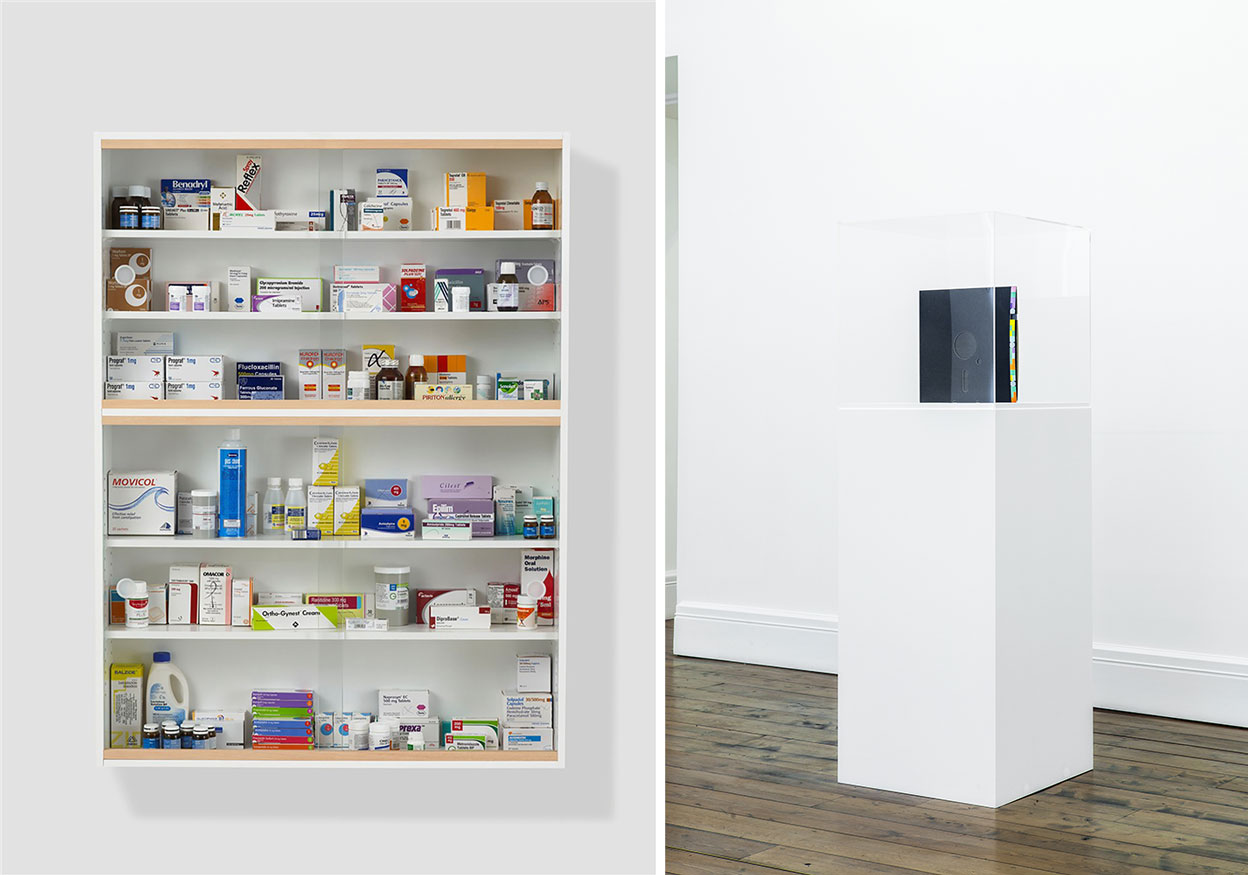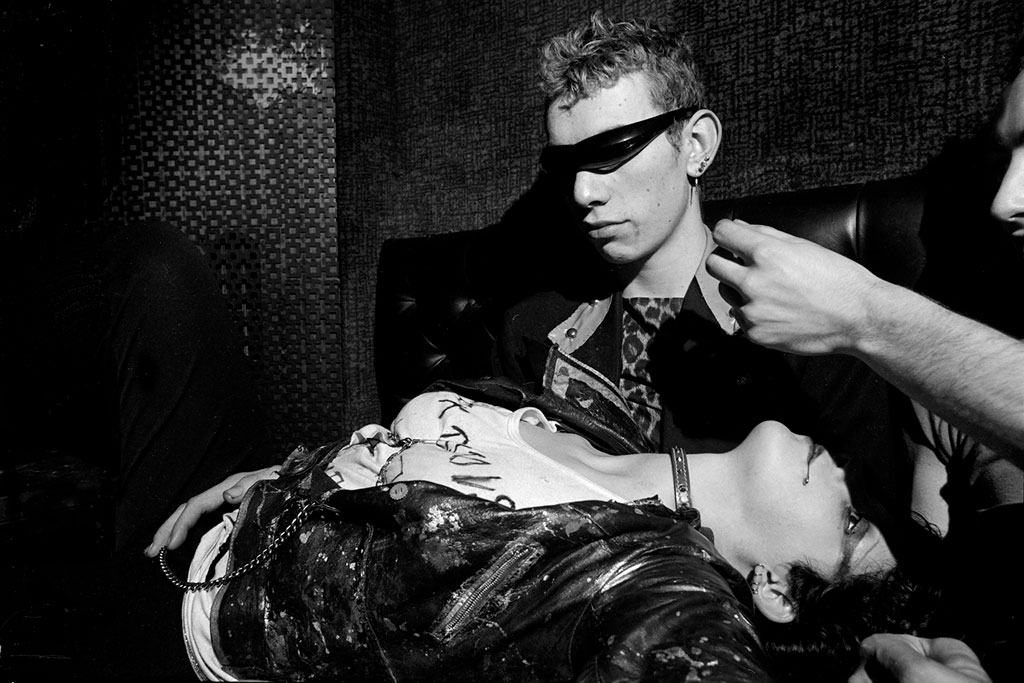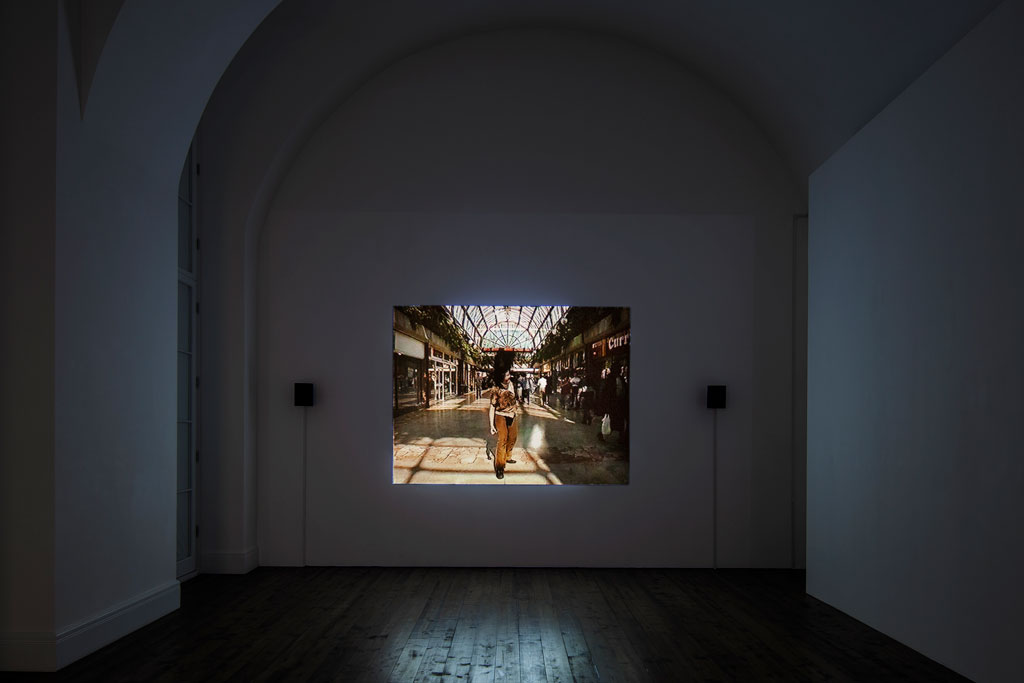ART CITIES:London-New Order
 Peter Saville is deemed one of the most popular British graphic designers and art directors of the generation. He gained popularity by designing several record sleeves for Factory Record, while serving as art director of the studios. Saville designed a number of record sleeves for Factory Records artists. Some of his notable clients were Joy Division and New Order.
Peter Saville is deemed one of the most popular British graphic designers and art directors of the generation. He gained popularity by designing several record sleeves for Factory Record, while serving as art director of the studios. Saville designed a number of record sleeves for Factory Records artists. Some of his notable clients were Joy Division and New Order.
By Efi Michalarou
Photo: Sprüth Magers Archive
The group exhibition “New Order: Art, Product, Image 1976 – 1995” surveys identity and image in British art, culture and society between 1976 and 1995. The exhibition originates from a discussion about the cultural status and art historical positioning of “Blue Monday” (1983), one of Peter Saville’s best-known works for Factory Records made in the early 1980s and blurring the boundaries between art, design, pop and product. “Blue Monday” was the first single to establish New Order as a force, after the death of Ian Curtis had ended the band’s previous incarnation as Joy Division. To match their new synth sound, Peter Saville created this groundbreaking sleeve. The single’s unique packaging features a die-cut sleeve designed to resemble a 5¼” floppy disk. The front cover features no words, but instead has code in the form of colored blocks that reads out the artist, song, and label information, once deciphered. The exhibition begins at the end of the time period in question with a stark row of monitors facing the street from the front ground floor gallery. Videos by Angus Fairhurst, Gary Hume, Sam Taylor-Johnson, and the film “A Couple of Cannibals Eating a Clown (I Should Coco)” (1993) by Damien Hirst and Angus Fairhurst collaboratively. The film features the two artists dressed as clowns spinning horrific tales of mutilation in an increasingly desperate attempt to top the other’s knowledge of misery. Notable works include Olivier Richon’s archival snapshots of punks hanging out in the anarchic clubs of London’s West End in the ‘70s, Saville’s cult artworks for Factory Records made in the early ‘80s, and one of Hirst’s recognizable medicine cabinets entitled “Satellite” (1989). The work explores the distinction between life and death, myth and medicine. Hirst notes: “You take a medicine cabinet and you present it to people and it’s just totally believable. I mean a lot of the stuff is about belief, I think, and the ‘Medicine Cabinets’ are just totally believable”. Hirst’s series began with a suite of twelve cabinets, which Hirst submitted as his thesis at Goldsmith’s College of Art in London, in 1989. The brashness of the work is conveyed chiefly through its title, which Hirst borrowed from the Sex Pistols’ UK debut album “Never Mind the Bollocks, Here’s the Sex Pistols” (1977), which has twelve tracks, each furnishing its title to one of the cabinets: “Pretty Vacant”, “Liar”, “Seventeen”, “Holidays”, “No Feelings”, “Sinner” etc. The dawn of the punk era and the societal changes it heralded roughly 20 years prior to the Young British Artists are presented in Karen Knorr and Olivier Richion’s photographs of punks in the anarchic clubs of London’s West End in 1976 and ‘77. They self-consciously pose rather than being the subject of a simple fly-on-the-wall documentary style, the subjects, notably mostly women, thereby appearing both candid and confrontational, sharply lit by the flashgun. A few years later, Knorr’s series “Belgravia“ would show the wealthy elite of early Thatcherism, captioned by descriptions of their everyday lives or fragments of conversation that complicate the reading of the image and edge the portraits towards caricature. Both punks and Belgravians are revealed as exclusive, self-policing societies, equally concerned with exclusivity, dogma, creed and social camouflage. Richard Hamilton’s “Soft Pink Landscape” and “Soft Blue Landscape” make reference to Andrex toilet paper adverts from the early 1960s, with a small packet clearly slotted into the misty, woodland landscapes, the color scheme of the product identified the titles. His “Diab DS-101” (1985-89) is a computer he designed in collaboration with the electronics company that asks questions about the relationship between art and design and the very status of this object as sculpture and/or functioning computer.
Participating Artists: Angus Fairhurst, Richard Hamilton, Damien Hirst, Gary Hume, Karen Knorr, Sarah Lucas, Olivier Richon, Peter Saville, Sam Taylor-Johnson and Gillian Wearing
Info: Curator: Michael Bracewell, Sprüth Magers, 7A Grafton Street, London, Duration: 24/7-14/9/19, days & Hours: Tue-Sat 10:00-18:00, http://spruethmagers.com







